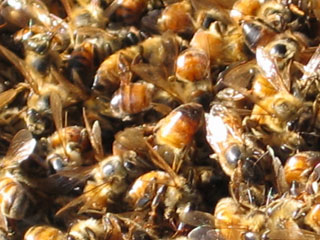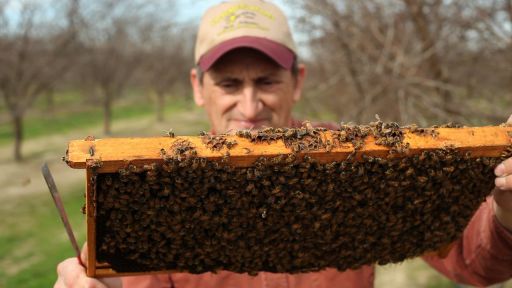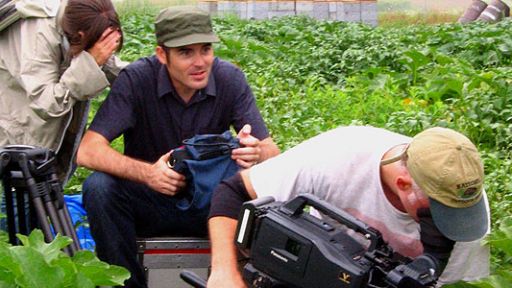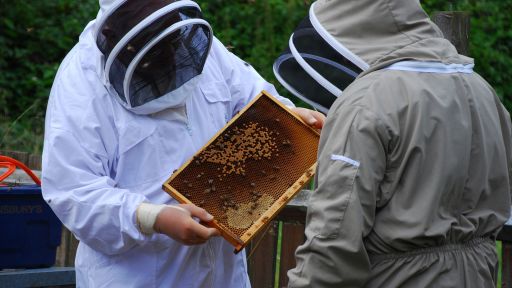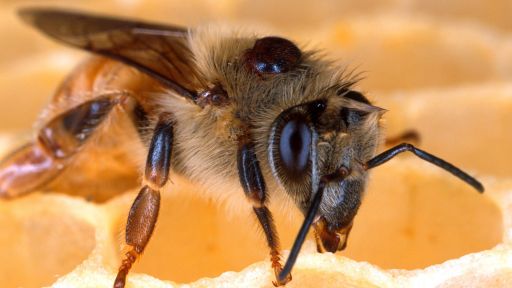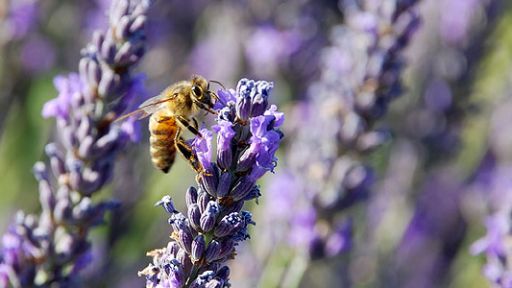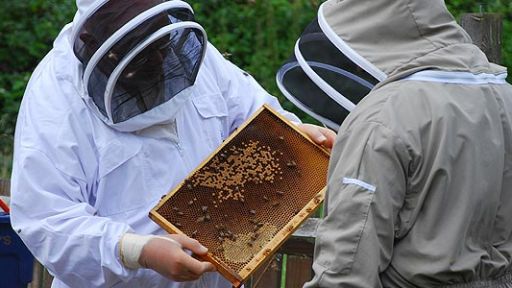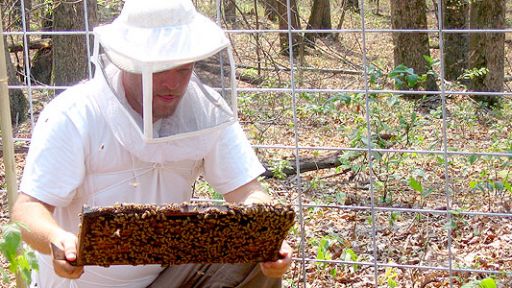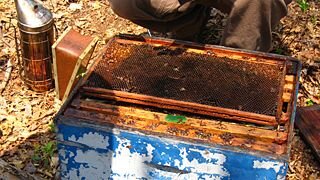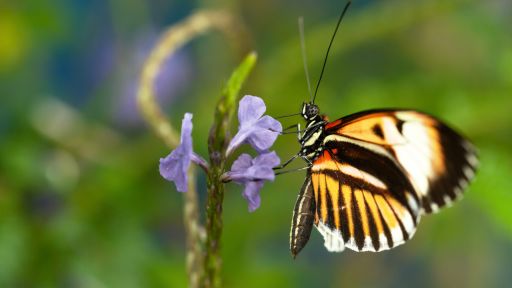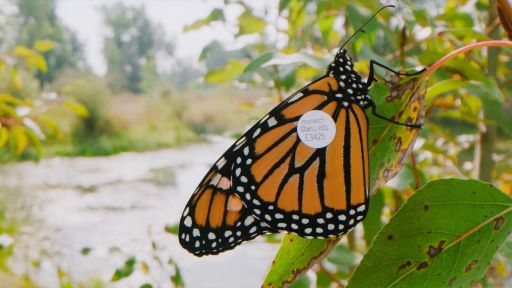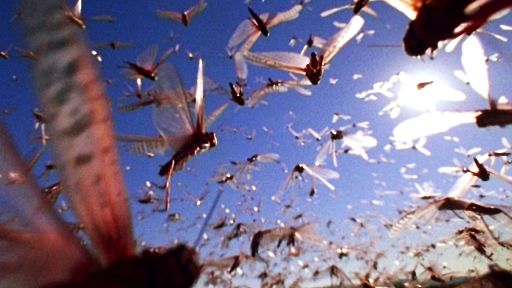In the winter of 2006/2007, more than a quarter of the country’s 2.4 million bee colonies — accounting for tens of billions of bees — were lost to CCD, Colony Collapse Disorder. This loss is projected have an $8 billion to $12 billion effect on America’s agricultural economy, but the consequences of CCD could be far more disastrous.
The role honeybees play in our diet goes beyond honey production. These seemingly tireless creatures pollinate about one-third of crop species in the U.S. Honeybees pollinate about 100 flowering food crops including apples, nuts, broccoli, avocados, soybeans, asparagus, celery, squash and cucumbers, citrus fruit, peaches, kiwi, cherries, blueberries, cranberries, strawberries, cantaloupe, melons, as well as animal-feed crops, such as the clover that’s fed to dairy cows. Essentially all flowering plants need bees to survive.
A daunting question is: If honeybee colonies were so severely affected by CCD that pollination stopped, could we lose these crops from our markets and our diets forever?
“We’re not there yet,” says Jeff Pettis of the USDA. Pettis says there are steps researchers and beekeepers can take to ensure that the bee population doesn’t plummet to catastrophic levels. “One measure beekeepers have been taking is to keep bees as healthy as possible — improve nutrition and reduce stress,” says Pettis. Consumers have become more demanding and expect to have fruits and vegetables available to us all year round. In order to achieve this, commercial beekeepers haul colonies of honeybees across the country so their pollination services can serve all growing seasons. The season may start with almonds in California, then move on to apples in the Northwest, cranberries in New Jersey and Maine blueberries. The constant moving about places stress on the bees. In addition, certain crops that may be in the pollination circuit, like cranberries and cucumbers, are not very nutritious for bees. To keep the bees healthy, beekeepers may need to ease up on their schedules. It may be necessary for them to retire bees for a particular season or skip some less nutritious crops entirely.
Of course, nature has its own safeguards to keep crops pollinated. Honeybees aren’t our only pollinators. Other insects and birds pollinate fruits and vegetables as well. The problem with other natural pollinators picking up the bees’ slack is that today’s agricultural industry has simply grown too large for them to keep up. The leviathan that is U.S. agriculture creates a huge demand for pollination. Because honeybees are relatively mobile and can pollinate a generous number of crops, they have been the ideal recruits to meet our crop needs. But honeybees don’t perform such feats naturally without help — lots of it. Commercial beekeepers keep colonies nourished and healthy and move their hives from state to state in semis, selling their pollination services to farmers at a premium.
With the threat of CCD looming, researchers are starting to study how other pollinators like the larger bumble bees could step in for honeybees. “The Dutch have figured out how to use bumblebees,” says Pettis. Bumblebees share many similarities with honeybees. Both are social nesters, although the bumblebees’ society is not as highly ordered as that of honeybees. Also, bumblebees make a new nest each spring by solitary queens, who hibernate through the winter. Honeybees remain in the old nest.
Perhaps the biggest consideration is an economic one. Bumblebees last just 2 months and cost $200 per colony, whereas honeybees can last several months in the summer with colony rentals running only $100 to $140. As a result, the use of bumblebee pollination is usually confined to high-value crops like tomatoes. Clearly, the use of bumblebees is a step in the right direction, but not a final solution.
“There’s nothing waiting in the wings that can replace honeybees at this time,” says Pettis, “but we can solve the problem in honeybee health.” Pettis says that by focusing on reducing stress and improving nutrition, beekeepers can limit some of the factors that potentially lead to disastrous conditions like CCD, thereby keeping bees — and our diets — healthy.

